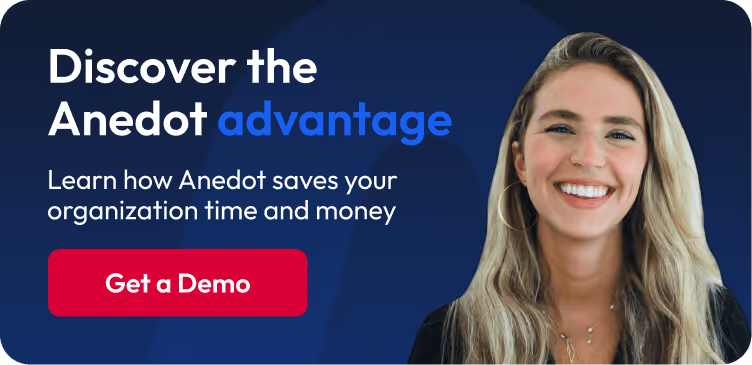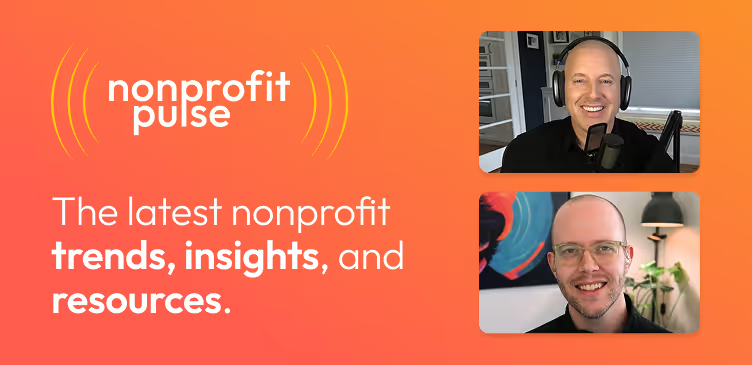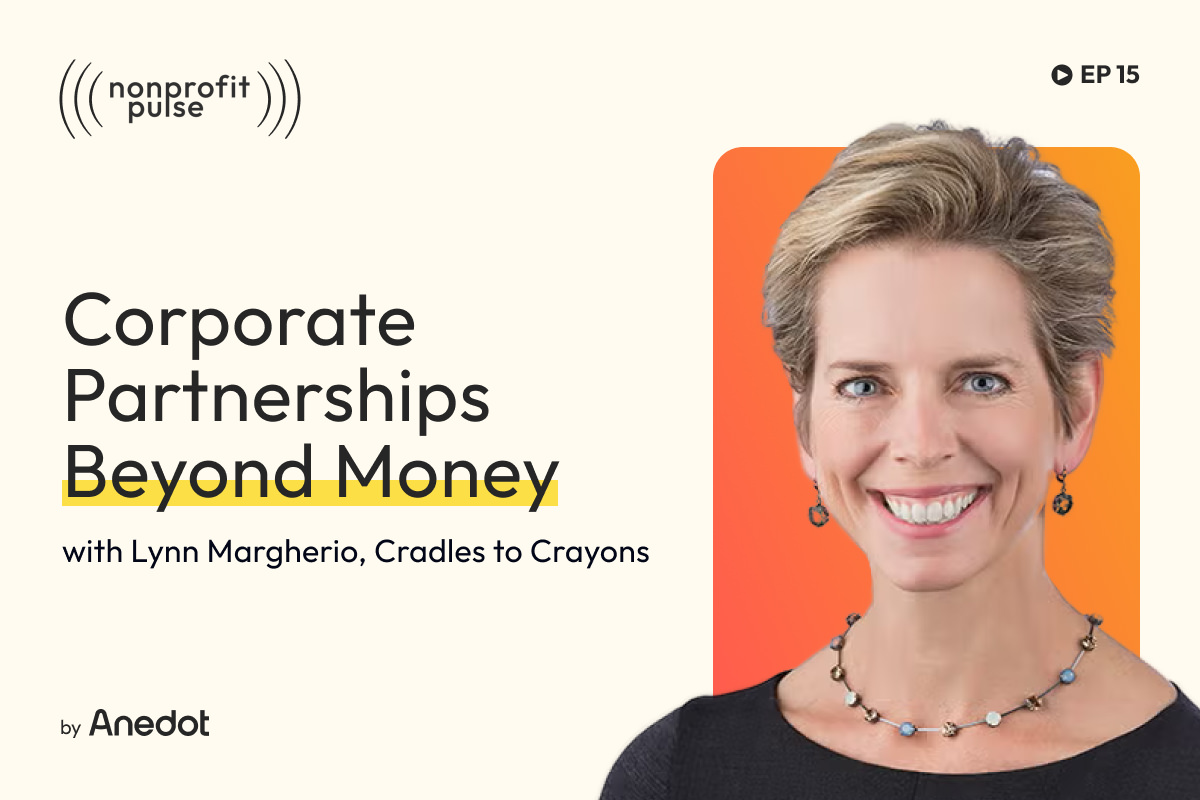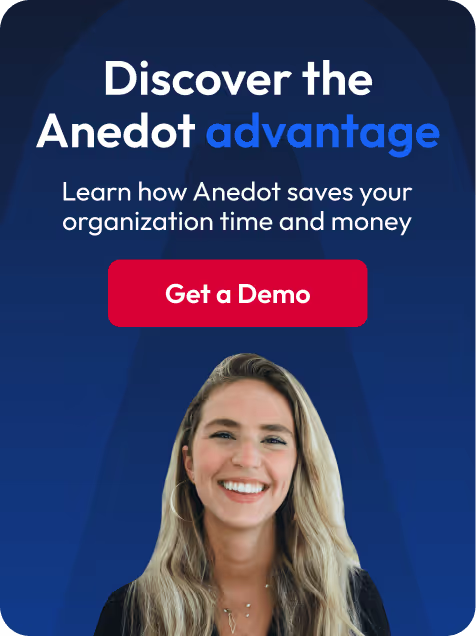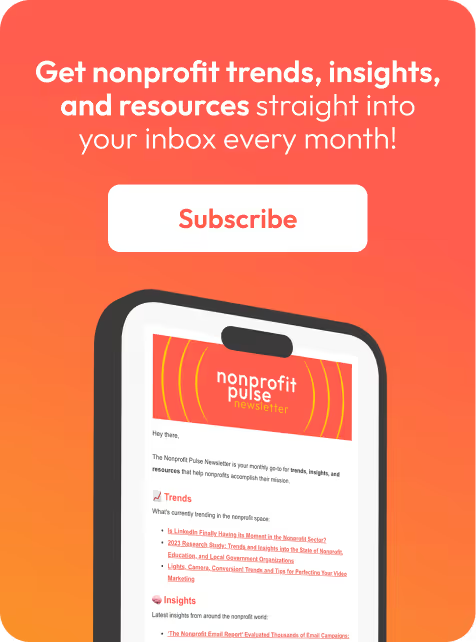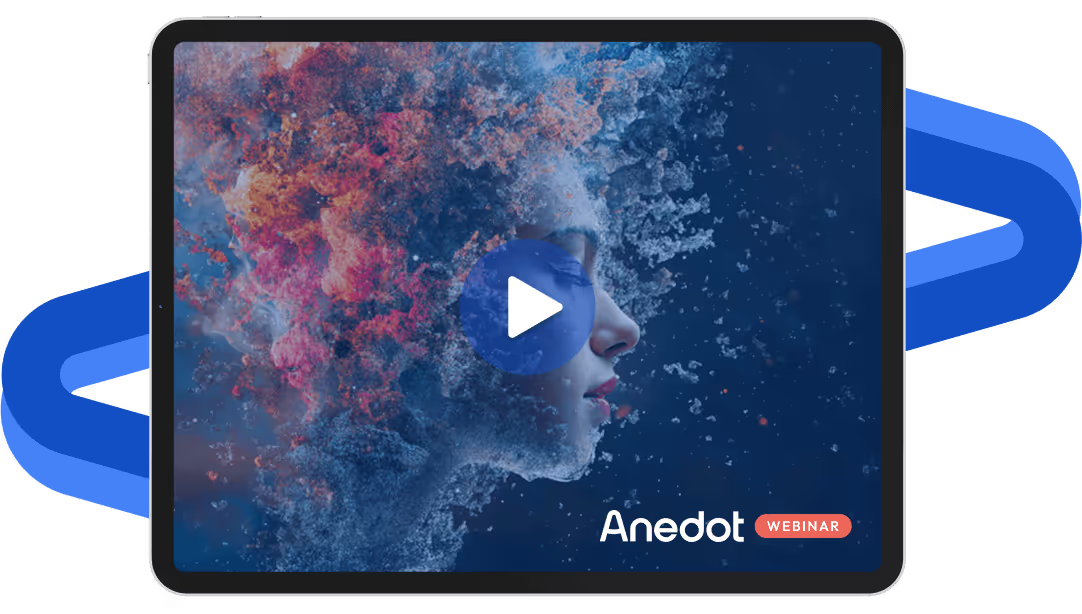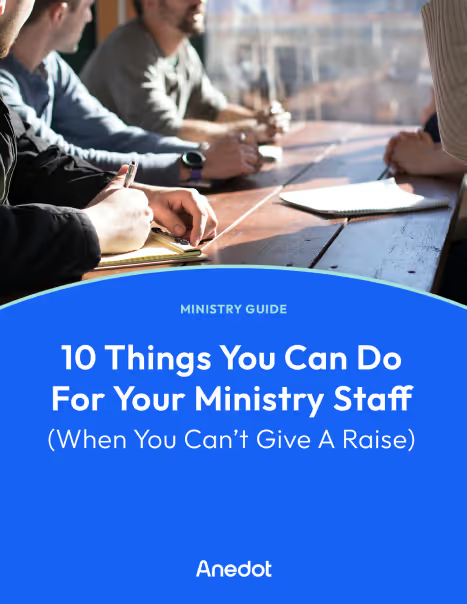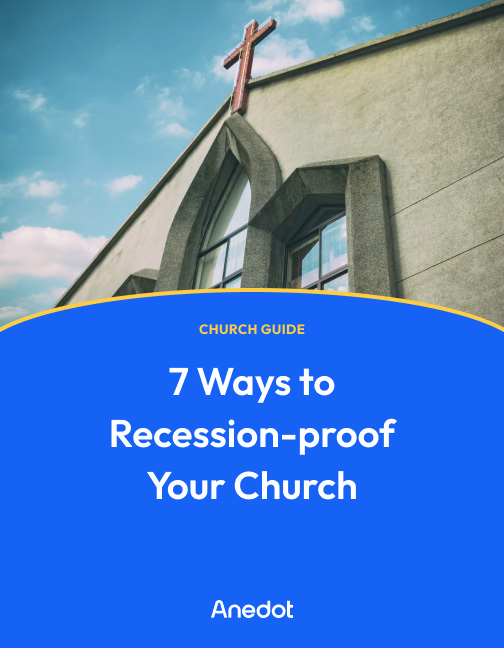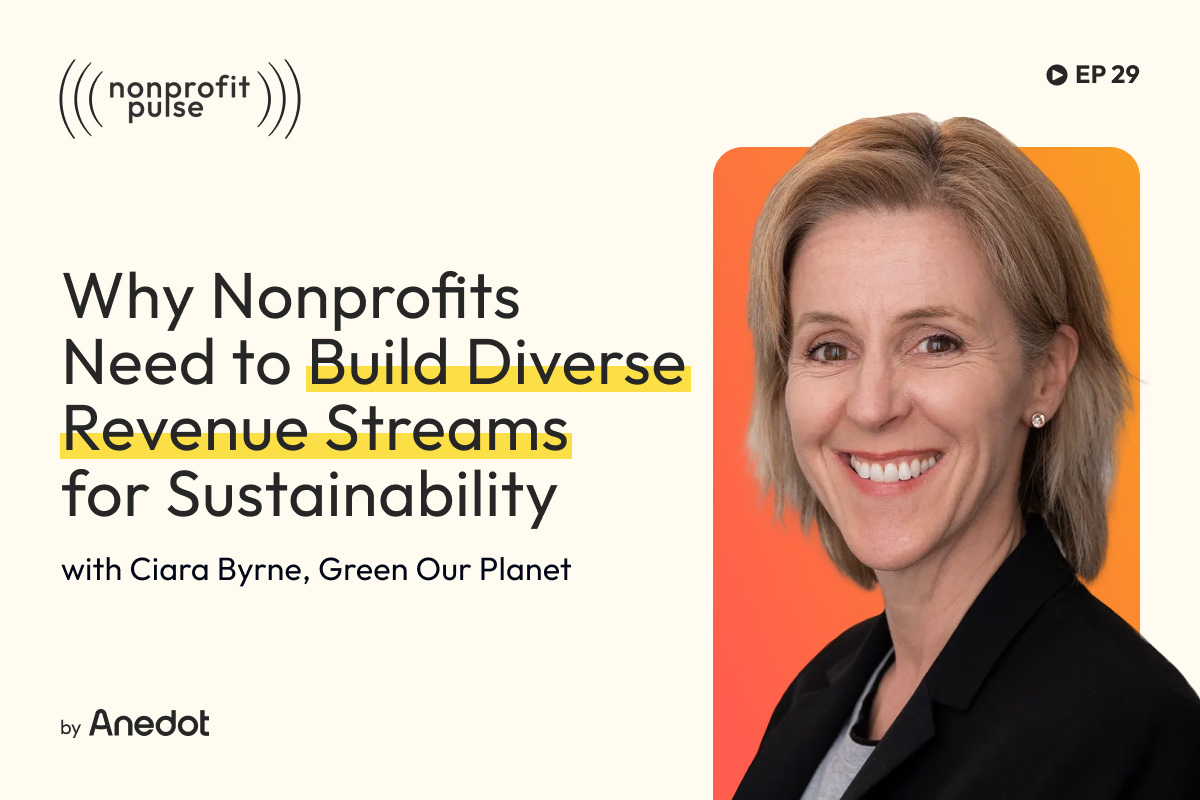Podcast episode transcript ↓
Josh:
In nonprofit fundraising and development, corporate partnerships can play a huge role in funding your mission.
But how can nonprofits leverage relationships and partnerships with businesses beyond just money?
I’m Josh with Anedot, and welcome to Nonprofit Pulse where we explore trends, insights, and resources that help nonprofits accomplish their mission.
On this episode we are joined by Lynn Margherio on the topic of corporate partnerships beyond money.
Lynn founded Cradles to Crayons in 2002 to combat children’s clothing insecurity, leading the organization to support millions of children and engaging over one million volunteers.
As CEO, she oversees all strategic and operational aspects, spearheads national expansions, and is recognized as a key industry leader, frequently contributing to various media and public speaking engagements.
Hi Lynn, thanks for coming on the podcast.
Lynn:
Hi, Josh, really excited to be here.
What is corporate social responsibility and why is it important?

Josh:
Yeah, so today we're talking about corporate social responsibility, and more specifically, how nonprofits can partner with businesses beyond the dollar, beyond financial contributions.
Yes, so starting off, maybe let's define our terms.
Can you explain the concept of corporate social responsibility and why it's important for both nonprofits and businesses?
Lynn:
Yes. Josh. Corporate social responsibility is really this concept of companies stepping up to benefit their community.
And I think about community sometimes with a small “c”, so that might be the place that the company has employees.
And then I think about, some global companies and that “C” might have a capital to it where it's really looking at what is that global community, and what is the impact that our actions as a company and our values are showing about how we are stewards of our community and stewards of our environment, and working toward a better future for everybody?
Josh:
I love that, and it's such a, often a missed opportunity, for businesses to really take ownership of their communities.
And, you know, there's many challenges with that and why those decisions are made.
But I think increasingly, communities are expecting even more partnerships and more kind of a stewardship of them being, in their space, in their communities.
Lynn:
Yep. And Josh, you asked the question about why is it important to nonprofits?
Well, it's important to nonprofits because we are also members of that community.
And for us to perform our missions, for us to try to move the needle on the many areas we might be focused on, we need everybody involved.
Companies are usually really active in that equation. Governments, individuals, families, it's really our collective efforts that make a difference.
Mutual benefits corporate partnerships can offer to both nonprofits and for profit businesses

Josh:
Yeah. Yes. And we think about ways, that nonprofits can engage businesses beyond money, what are some innovative ways you've seen in the past few years kind of trending, or even just good proper ways that nonprofits, again, can engage beyond money with businesses?
Lynn:
So we have hundreds and hundreds of companies coming in and volunteering at Cradles to Crayons.
And what we are hearing from so many of those corporate supporters is that they want to have a place and have opportunities for their colleagues to give back and their colleagues to understand the values that the company cares about.
And also really to get to know each other better.
Volunteerism is a great way for people who might be on a screen like you and I are to break down barriers, to build community within that corporate team or the larger corporate environment, while giving back at the same time.
So I see volunteerism as one really effective and important foot in the door to larger, multifaceted corporate partnerships.
Josh:
Yeah. And how can collaborations between nonprofits and in businesses produce mutual benefits?
I think that's a question that a lot of folks have with this topic. And do you have any examples of that?
Lynn:
So as I think about some of our long standing partners and I founded in Cradles to Crayons 22 years ago, and there have been some companies who have been partnering with us for over 20 years, which is just incredible.
And so when we started the conversation, it was me saying, hey, I'm a new nonprofit.
We need help. And in our case, it is, we provide clothing essentials to children who are experiencing clothing insecurity.
So these are children who may be without a warm winter coat, clothes that fits, shoes that they can wear.
And we've got big warehouses where we receive donated product and we need to turn that donated product into something useful for specific children.
So it's never useful to have just a bag of stuff, where you might have a boy or a girl who has a specific size and it's something that they need for the summer or it's an outfit they need for the winter.
So we have people come in and they spend two hours sorting and inspecting and packaging up outfits for individual children who are facing clothing insecurity.
And that volunteer experience often leads to a lot of conversation in the moment while they're there volunteering about, well, how can I, what is the need out there? I never heard about this issue of clothing insecurity. Tell me more.
And then after the volunteer experience, okay how can we stay involved? We had a good experience, so now what's next?
And we love getting that question. Now what is next? And so for us it might be them doing a clothing drive. It could be for some of our partners.
Like Bank of America is a company that's been supporting us for, like I said, over 20 years.
And now we have, members of our board, who are from Bank of America and our different locations.
We have events at their corporate offices. They hold drives for us. We do, you know, joint marketing together. We've done skills based activities.
And so that didn't happen right out of the gate. But as we got to know one another and as we really got to understand, here is what we're looking to do.
Each of us, you know, how do we build that partnership that is, you know, and I hate using this word, win win.
But it it truly is that. It's providing value on both sides of the equation.
How to develop and sustain corporate partnerships

Josh:
I love that. And let's dig into the, you know, the how and what are the key elements that really make up a sustainable and effective long term partnership.
As you mentioned, you've been at it for 22 years now. You've learned a lot. You have a lot to share.
So what would you say to our listeners who are, excited to get started thinking of what their next steps are?
What are the key elements that you would say that make for a long, sustainable, effective, partnership?
Lynn:
Well, I think it's starting out and getting that foot in the door. And so, really start local and say, okay, who and what companies are near my location?
And making a list and then doing some research, do your homework up front and find out does your mission resonate with, one of their corporate social responsibility objectives or values?
And you have a better chance of getting a yes from that initial call if it does.
There's oftentimes a more general, kind of bucket of, we just want to help organizations and causes that are right in our own backyard.
So there's usually more of an open door policy for companies that, or for nonprofits that are really close to a corporate location. And so it's reaching out.
I would say, finding someone who knows someone in that company, who can help with an introduction is always a recommended way of doing things, because, you know, people are busy.
And so if they get a referral from someone who they know, they may be more inclined to answer that phone call or respond to the email.
But even if you don't, what is the harm of reaching out? All they can do is say no. And, they're going to say no for now.
That was one of the big lessons that I learned, because I was not used to asking for support.
And once you kind of get into it, you realize, okay, that conversation didn't go as I would have hoped, but what did I learn from it?
And then I'm now going to go back and maybe with the next company that I'm talking to, I'm going to have those answers ready for the things they are likely to ask.
And when I'm ready, quite a few months pass and then I might go back to that first company that I called and say, okay, these are the answers that I can provide you with now.
And would you be interested to learn more, come for a visit, perhaps do a volunteer event? And then that initial conversation, it's really understanding what do you want to get out of this?
What are your values? What are your objectives? What are your pain points in having your community engage more deeply in meeting your CSR objectives and brainstorm like, oh well, maybe we've never done it before, but it is something that really could support our mission.
Now, you shouldn't raise your hand to do something that is not going to be helpful to you, just for the purpose of getting to yes.
You want to be pretty disciplined to say, okay, within these parameters, this kind of engagement or activity works for me.
And, so have some flexibility and really be there to listen and then offer some solutions or offer some opportunities and you'll be pretty surprised and happy with how those conversations can go.
Josh:
Yeah. That's so helpful.
And as a marketer, my mind is just racing, thinking of how to find those organizations within your community, to engage in. You mentioned, those who may have similar values.
So looking at their website, seeing what their posted values are, seeing what they may already be doing in the community.
But one thing that jumped out to me was maybe even looking at who's new in your community. New businesses or new corporate headquarters that may have entered into your community.
There may be a freshness there, an openness with leadership.
Yeah, you're hitting it right at the exact time, to say, we don't necessarily want a donation from you, we just want you to help, as you mentioned.
Come fill boxes. Come filter, sort materials and that could be a great time, a great opportunity to go and engage them as a member of the community and just increasing that goodwill and relationship.
Lynn:
Yeah. And it could be, we have a particular mission and model. And so we've got a place where we can invite people to volunteer.
For some organizations, the volunteer experience may be not as easy to pull together. And so, invite them over for a visit.
Could they tour something?
Could you go and prepare a lecture or engage their team in a dialog in their corporate lunch room, where you are teaching those associates about something that's really important right there in their community that they can learn about and ask questions of.
I would say coming up with a volunteer experience is something that is tangible and it's concrete. And so it can pay dividends.
But again, only if it is something that you can do with your team in a way that's going to benefit you and not take time away from the mission that you actually need to perform.
Josh:
Yes. That's so helpful. And I've been on a couple of those trips, like you mentioned, just kind of a walk and see, come check out our operations and really enjoyed it.
And everyone I was with enjoyed it. And it created an awareness of, okay, this organization is here. This is the impact they're making. And it created a just a great educational moment.
But it also, you know, got me thinking about I wonder others who may want to support this organization and sharing that word of mouth.
So I think there's just huge gains that can be made just by, like you said, a tour, of your headquarters, of your operations, of maybe if you're active out in the community as far as, giving out items or delivering items just even having a small group accompanying you for that drop off or that action in the community.
Lynn:
Yep. There are also skills based opportunities that are great ways to engage companies.
I have yet to meet a nonprofit leader who says, oh, I have all of the data capabilities that I have and, you know, internal to my organization or we are the world's best marketers.
And so we don't need any support with our marketing strategy or our PR or any number of things, training for team members.
There are so many things that a corporate partner can bring to that nonprofit organization that can provide capacity that the agency just may not have on their own or that can leverage the capacity that the agency does have.
And those are really wonderful ways of developing relationships, not only with the company, but also specific individuals within the company, because that's another lesson I would share is that you want to have champions and advocates inside the company so that it is not just you lobbing an email request into a general email inbox, but you having the opportunity to pick up the phone or go and have coffee or lunch with someone from that company and update them on what you're doing.
And say, hey we could use some support and it may be, you're just going to get a better response if it is something that you've got an internal advocate that is echoing or opening doors at a senior level for you.
Common challenges nonprofits can face when it comes to corporate partnerships

Josh:
Yes, that makes me think of challenges.
So maybe let's get into what are some common challenges that nonprofits are going to face when engaging these for profit businesses and even securing it, right?
So, you know, engagement being the first step, but then, putting ink on paper, moving that along and maybe even beyond the first year right?
Maybe the first year there was a, you know, it was easy to engage and it's easy to secure.
Now you're in year two or year three and you're thinking, hey, I want to increase this. I want to do something more.
What are some challenges you've seen around those questions?
Lynn:
Corporate partnerships take time. What I have found is that it is a relationship. It is not a once and done, it is something that you need to commit to. And whether you're the leader of that nonprofit organization or you've got someone on your team who's really working on keeping the relationship going and cultivating, really having ongoing conversations.
So those touchpoints may be once a month.
They may be, if you can't, if you can't sustain that, maybe it's once a quarter.
And so it's a long, it can be a long game. And you may, feel success in getting that foot in the door and then building on it because it's like any relationship, you're getting to know one another.
You're building trust. And trust takes time. And it takes having some good experiences.
And then if your experience goes sideways because they always do, at least parts of it, really having an honest debrief and making time for a debrief conversation to say, hey, how did that go?
Was that a good experience for you? What can we do?
What should we repeat? What can we do better the next time? Or what are some ideas that you might have that we didn't think about in this, in this first go?
How nonprofits and for profits can measure the impact of their partnership and why it's important

Josh:
I love that. And it's a perfect segue into measuring what matters and how can you measure that?
You mentioned what worked, what didn't? What are some ways that nonprofits can measure that partnership or impact, and what should they share in that?
Maybe frequency? How often, quarterly, annually? What would you say?
Lynn:
Yeah, that's a great question. It's about setting expectations upfront.
For some of our partnerships there is or volunteer engagements, it's okay, we have a team that is 50 or 100 people.
And we're looking to have an engagement where we've got this amount of time and we're really looking for it to be a meaningful experience for our team members.
And so what we'll do in advance is to say, okay, given those parameters, here's the sort of impact that you can have.
And so for us, it equates to how many packages can we provide to children as a result of this relationship? And so we go in, we say, this is what you're bringing to the table.
This is what we're going to bring to the table, and let's see how we do at the end of it.
So we're sharing some expectations upfront. And then we loop back after the event or that skills based engagement and review.
What did we want each side going into this and how successful were we in realizing those expectations?
So the more, and it doesn't have to be complex, right?
What can you simply track and provide back in a simple way so that it can be easily communicated at the end of the volunteer experience or the collection drive or that skills based engagement that you've undertaken together?
Josh:
And I love how you mentioned setting expectations upfront, because I think that's a, it's a huge part of success in this.
And that so you don't get a quarter, a year down the road and you’re reporting back, hey, we're really excited. Here's our impact report.
And they feel underwhelmed or they feel like, oh I thought we were doing more.
I think that's just huge to set up front. This is what we hope to accomplish. And then partnering with them too on what are those key metrics that they want to see.
Lynn:
Well, and Josh, in some ways it's easier too to execute that. When you think about an impact report or an annual report, it can feel pretty daunting.
But if you are looking at it in the moment and saying, okay, what can I share back? There are data points I can share back.
Maybe there are photos, or video that we can put together. And then wow, social media, that's another opportunity.
What can we do to share what this experience has been like because that, again, is going to provide mutual benefit.
It's going to help raise awareness about the organization, but then also, the company is able to spread the goodwill and share that they are active in their community.
NBCUniversal had this great program where they were working with local videographers in a number of their, in the cities in which they have a presence.
And they were pairing them with nonprofit organizations who wanted their story told.
And so we got this beautiful PSA that was created by this wonderful agency. And then NBCUniversal was airing our PSA.
So it was something they were seeking to do to work with these video production companies, and do some skills based work with them, elevate that work, but then also pulling in other agencies that, who they were supporting.
And so that was a really terrific experience of how something, maybe nontraditional can really have big impact.
I think about another organization or another company that we partner with. It's called First Quality. And they have a diaper brand, Cuties.
And they were really looking at how can we leverage our presence and the diaper distribution that we have to benefit an organization that is addressing clothing insecurity and diaper need.
And we have now a multifaceted partnership with them where they're providing us with financial support.
We've got regular volunteer engagement with their associates, and we are also working together to promote the partnership.
And so there are all kinds of creative ways that, once you, again it doesn't start at day one, but once you start learning about what's important to each party, the opportunities are pretty incredible.
The future of corporate partnerships

Josh:
That is such a beautiful story. And just thinking about how that brand wants to serve families and children, and that's exactly what your organization wants to do, is serve families and children.
And it's just such a perfect match of values, even though one's on the nonprofit side and one's on the for profit, it’s just a beautiful kind of synergy there between the two organizations.
Yeah. So looking towards the future, we like to talk about trends and insights and resources, but looking towards the future, what trends do you see coming down the horizon for how nonprofits can relate to for profit organizations?
Especially around the corporate social responsibility, that idea of partnering beyond the dollar, what trends do you see?
What do you see on the horizon?
Lynn:
So Josh, what we're seeing is really an increased focus and desire to engage associates in their community. And that takes all sorts of forms.
We mentioned offsite volunteer experiences. There are opportunities for virtual experiences as well.
So if you're a mentoring organization or you do tutoring or you're doing financial literacy or any of these sorts of, if your mission can be delivered virtually, that's a great way to engage people in a way that, five, ten years ago, we weren't seeing much of.
So I'm seeing now, just like what we're seeing in the return to work, it's a hybrid model.
There's a desire for in-person, like, real life community engagement that's happening at an offsite location or it's happening at a corporate location, as they’re trying to encourage people to come back in the office and be happy to be back in the office.
The virtual piece. There's so much happening with data right now. Artificial intelligence, social media.
And companies are often much better positioned than nonprofit organizations to be able to uplift the work and the data needs and the data capabilities of a nonprofit partner. So kind of leaning into that in a powerful way.
And then also just the, maybe more informality or less formality in some of the communications.
Like as we're doing right now, sitting in front of our computer screens, it's you've got phones that you can take anywhere and do a quick interview, post that, and you're generating awareness.
You're getting people, you're getting people's attention.
And so there's so much unfolding right now that it's really exciting. If we were here talking five years from now, I'm sure the world is going to be a much different place.
Josh:
Yes. And it is so exciting, all the opportunities. I love that example about the helping on the data side.
You know, a company may have a data team inside that could provide really helpful, valuable information to their local nonprofit.
I have not heard about that type of partnership, and I think that's just super smart and exciting.
Lynn:
And I have one, we have one. There's something called KPMG Data Citizens with Purpose.
And so, we have been working with them to try to better understand our, the need out in the community and our impact.
They've just got models and tools and expertise and systems that we couldn't even imagine having at our organization.
So that's been a really exciting partnership. And TJX is another great example of, you know, they're right in our backyard here in the Boston area.
We're an organization that's all about getting stuff to or getting clothing into the hands of children who need that clothing.
And so they've been terrific and helping us with our procurement strategies, thinking about our supply chain, how to just be more efficient in our work.
So again, it's unpacking how do you do your business and who is similar, who does similar work in the for profit space? And what can you learn together?
Josh:
Absolutely. And this has been such a helpful episode for our audience. And it's just got me thinking about all the possibilities.
And you mentioned AI and data and just that consulting piece of just being able to come in and say, here's what you should be doing in your operations.
Or here's a tool that we recommend that you use, and we'll help you set it up and how to use it even if it's in-house.
That's so helpful. And I hope our audience is encouraged by that to really seek out those relationships, as you mentioned.
Lynn:
And, Josh, I would say, that these sorts of partnerships, I know that we are talking about the sort of non money corporate relationships, but this is the foundation upon which that financial support can sit.
If you find multiple points in common, your shared values, engagement opportunities that align with what you need, what the company is seeking to do - the financial support often comes after you've each invested some time in that engagement.
So never be shy about asking for funding.
Josh:
That's helpful, because I think a lot of folks might be hesitant to ask that. But as we know in donor behavior and in even in sales, right, people buy from people they like.
People, when you have a relationship with someone, you say, hey, we work so well with Lynn, we would love to make a donation.
That wasn't at the forefront of the relationship, and it wasn't part of even engaging them necessarily. But it did come because of how people give and buy just that, those behaviors.
Lynn:
But not, again, not being shy about it. Right at the, you know, I would say out of the gates mention it.
Again, all they can do is say no, or well, we may not give you as much as you wanted, but we're going to start here and then grow that over time.
Closing thoughts

Josh:
So one question we ask every guest on the podcast at the end is if you were standing on stage in front of a thousand nonprofit leaders and you could share one thing about your topic, today we're talking about corporate social responsibility beyond the dollar, what would you say, Lynn, to the audience? Just kind of one sentence.
Lynn:
Corporate partnerships have been invaluable to Cradles to Crayons, and they can be invaluable for you too.
Josh:
Love that. Awesome. Lynn, thanks so much for coming on and sharing all this incredible advice.
And again, 22 years. Congratulations, to your organization and to you for leading it so well.
And, as always, folks can check out the show notes to learn more about Lynn, learn more about her organization.
Lynn, thanks for coming on and sharing about this.
Lynn:
Thanks for having me. Josh, appreciate it.
Josh:
Thank you.
Hey, thanks for listening.
If you enjoyed this conversation, please share or leave us a rating and review wherever you listen to podcasts.
Also, head on over to Nonprofitpulse.com to sign up for our monthly newsletter, as well as check out all the links and resources in the show notes. We’ll see you next time.
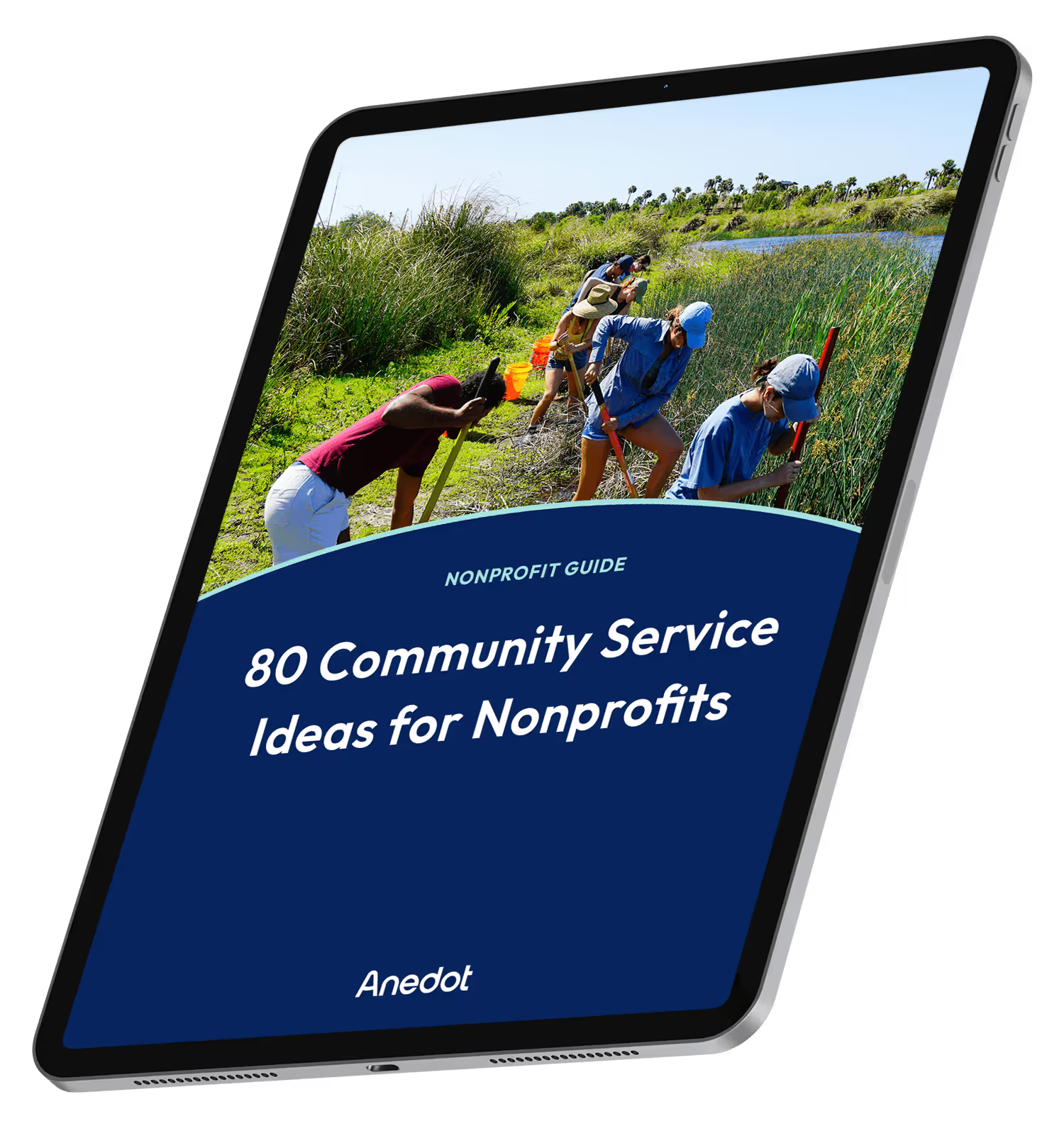
80 Community Service Ideas for Nonprofits
